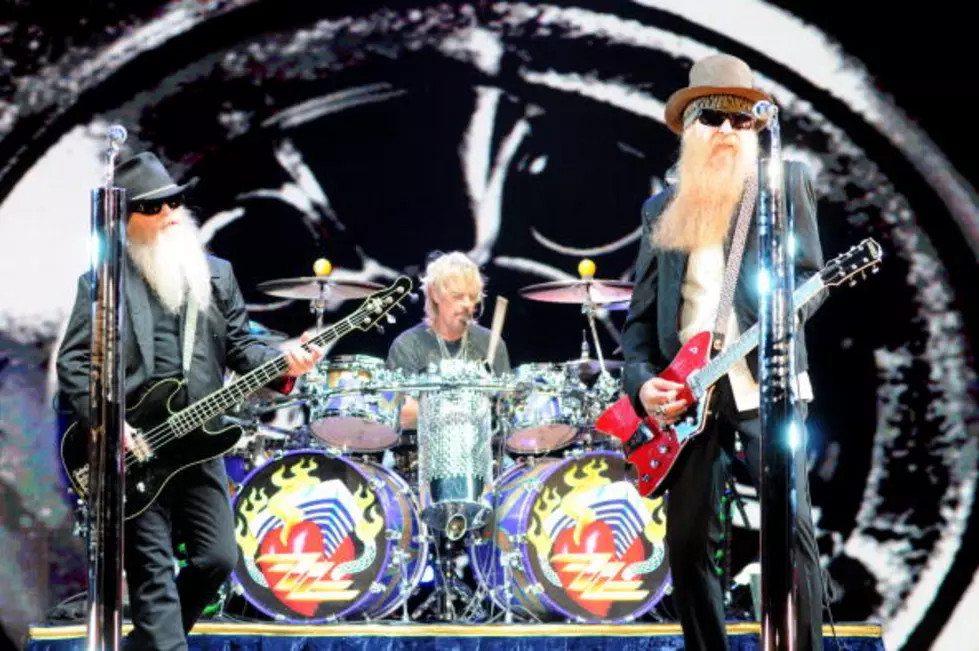
Sloan’s 5 Must-Know Grilling Tips
Memorial Day Weekend is the traditional unofficial start of summer - and even though we've had great grilling weather for a month or so already, you may want to hone your skills by reading this breakdown of advice from the man who was born on fire, in a pile of charcoal, covered with BBQ sauce.
1. Propane or Real?
I’m a huge fan of Hank Hill, Dale, Bill and Boomhauer, but I’m all about the real flame. I hate to take food off of Peggy’s table or deny Bobby some shoes, but propane and propane accessories just can’t get the flavor of the real flame. Sure it’s easier to flip on the burner, but there’s something about stoking that fire, nurturing the embers and keeping it under control (see # 3) that provides the true grilling experience. While no studies prove that either is healthier, gas does burn cleaner. Charcoal grills emit more carbon monoxide, particulate matter and soot- so theoretically they’re not very eco-friendly. The lighter fluids available are all pretty much the same- grab the cheapest... and the odorless.
2. Charred Wood vs Charcoal debate-
If you’re rolling through the grocery store, you’ll see a bunch of what I’d call ‘flavors’ of charcoal or properly; briquettes. These are manufactured, mixed and pressed in factories and can be made with wood scraps, sawdust, coal dust and the seriously deadly element borax. Some even have paraffin and lighter fluid additives for a quick start feature. Ever since I discovered it a couple of years ago at Czarnetzki’s Hardware Hank in Sauk Rapids, I have been in love with lump charcoal. It’s actually real charred wood and you can get it in a variety of actual tree species. I like Hickory over Mesquite or Oak. One great feature about the charred wood; it gets your grill ready to cook in no time. It burns quickly and hot which leads us to…
3. You’re HOT baby.
After you’ve stacked your charcoal in a hill of sorts, douse it with fluid, let it soak for about 30 seconds and light. It’s gonna take about 20 minutes from flame to cook-ready if you’re using the charred wood. Don’t worry about monster flames at the beginning, let ‘em roar and get that charred wood hot. Once the flames have died out, move the embers about a little, evening them out. Drop the top and let it heat up. If you’re lucky you’ve got a temp gauge on the front, if not, just hold your hand over the irons. If it gets too hot in about two seconds, you’re ready to slap the slabs on! Your grill should be around 300-350°F for beef and chicken and 250-300°F for fish and veggies. A properly heated grill sears foods on contact, keeps the insides moist, prevents sticking and gives you a light caramelization that improves flavor. If you’re serving fatty foods, it’s gonna drip grease and your flames will flare up. Be ready to keep things under control with a mister of water at your side. Or if you’re me, a beer.
4. Clean Your teeth
You’ve seen those giant toothbrush –like grill weapons in the store. Grab one but don’t use it til you’ve hit the temp threshold. You’ll find that the gunk and junk comes off easier when the grill is hot. If you’re not lazy like me, you should also scrape right after you serve.
5. Rest my friend, rest.
I’m not talkin’ about you and your apron- I’m talkin’ about your meats. Pull your slab off the fire and set it on a nice cutting board for a good 5-10 minutes (depending on your cut size). This lets the juices redistribute. During the cooking process, they’ll cuddle up deep inside your meat and migrate away from the flame. You’ll find that the cuts are juicer and more flavorful if you let them take a breather (under cover) before devouring them. THE most upscale restaurants do this on a regular basis.
Good luck, we’re all counting on you. If you have any disputes or suggestions, lay them on me in the comments section below. I'm always looking for a new idea or a critique.
More From 103.7 The Loon

![Kenny Loggins Featured On 80’s At 8 With “I’m Alright” [VIDEO]](http://townsquare.media/site/66/files/2012/08/Kenny-Loggins.jpg?w=980&q=75)


![New Movies This Weekend at Parkwood Cinemas [9/7/12]](http://townsquare.media/site/66/files/2012/09/The_Words_front.jpg?w=980&q=75)

![“Lawless” Maybe An Oscar Contender? The Review Awaits You [VIDEO]](http://townsquare.media/site/66/files/2012/09/Lawless1.jpg?w=980&q=75)

![Astronaut Neil Young Is Dead, Really NBC ? [VIDEO]](http://townsquare.media/site/66/files/2012/08/NBC-Neil-Young.jpg?w=980&q=75)
